
Prague has been one of the most significant towns of European Judaism for many centuries. The stories about the wise Rabbi Loew, the Golem and wealthy Mordecai Maisel allow us to visualize the long lost world of the Jewish Prague. Beautifully illustrated in black-and-white. 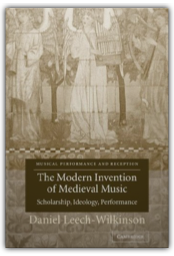
Scholars and performers of the nineteenth and twentieth centuries attempted to revive music that could evoke the Middle Ages. They invented new sounds and new ways of understanding medieval music. This is the fascinating story of the musicians and the societies in which they worked to remake a lost musical world. 
Building on the foundation of Lerdahl and Jackendoff's influential A Generative Theory of Tonal Music, this volume presents a multidimensional model of diatonic and chromatic spaces that quantifies listeners' intuitions of the relative distances of pitches, chords, and keys from a given tonic. The model is employed to assign prolongational structure, represent paths through the space, and compute patterns of tension and attraction as musical events unfold, thereby providing a partial basis for understanding musical narration, expectation, and expression. Conceived as both a music-theoretic treatise and a contribution to the cognitive science of music, this book will be of interest to music theorists, musicologists, composers, computer musicians, and cognitive psychologists. 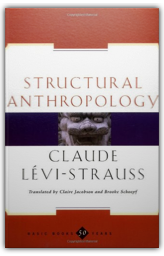
This modern classic provides an introduction to Levi-Strauss' distinctive approach to anthropology. 
"Every word, like a sacred object, has its place. No précis is possible. This extraordinary book must be read."—Edmund Carpenter, New York Times Book Review 
Claude Levi-Strauss, internationally known as a brilliant and sometimes controversial anthropologist, is also a skilled and sensitive photographer. "Saudades do Brasil" - "nostalgia for Brazil," from the title of a musical composition by Darius Milhaud - presents 180 of the more than 3000 photographs Levi-Strauss took in Brazil between 1935 and 1939. While serving as professor of sociology at the University of Sao Paulo, the young ethnographer made expeditions among the natives of Mato Grosso and Southern Amazonia that resulted in numerous publications, most notably "Tristes Tropiques". Most of these photographs are published here for the first time. Levi-Strauss begins his photographic memoir in Sao Paulo, then a frontier city rapidly changing to an industrial metropolis, a city with "a singular beauty, due to breaks in rhythm, architectural paradoxes, contrasting shapes and colors." The rest of the photographs chronicle Levi-Strauss's expeditions among the Caduveo, the Bororo, the Nambikwara, and other tribes - "the last escapees from the cataclysm that discovery and subsequent invasions had been for their ancestors". His pictures capture the Amazonian landscape, the people, and their activities, social lives, and ceremonies. Informative captions by Levi-Strauss enhance the ethnographic and human interest of his photographs. "Saudades do Brasil" will be of interest to anthropologists, photographers, and readers concerned with a part of the world that is geographically remote but globally significant. |
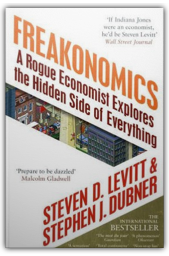

In addresses written for a wide general audience, one of the twentieth century's most prominent thinkers, Claude Lévi-Strauss, here offers the insights of a lifetime on the crucial questions of human existence. Responding to questions as varied as 'Can there be meaning in chaos?', 'What can science learn from myth?' and 'What is structuralism?', Lévi-Strauss presents, in clear, precise language, essential guidance for those who want to learn more about the potential of the human mind. 

This is Volume 2 of a two-volume set of Locke's monumental work containing every word of all four books comprising the "Essay". The editor has provided marginal analyses of almost every paragraph, plus hundreds of explanatory footnotes which comment, elaborate, explain difficult points, etcetera. 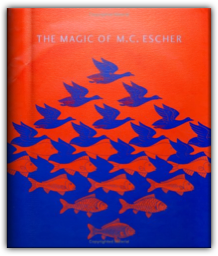
For the artist Escher, the skin of the visible world was a piece of cloth that could be cut, folded, shaped, and rearranged in many ways. This title presents many of Esher's greatest works, from the great master prints to numerous previously unpublished drawings, and arranges them to form a cinematic journey of discovery. His preparatory sketches and jottings, which give insights into the working processes of his mind are also included. 
"Not simply one of [Malraux's] best productions but perhaps one of the really great books of our time."—Edmund Wilson 
"John E. Woods is revising our impression of Thomas Mann, masterpiece by masterpiece." —The New Yorker |

Stephen Lavelle
Collection Total:
374 Items
374 Items
Last Updated:
Sep 5, 2010
Sep 5, 2010

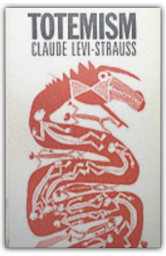
 Made with Delicious Library
Made with Delicious Library